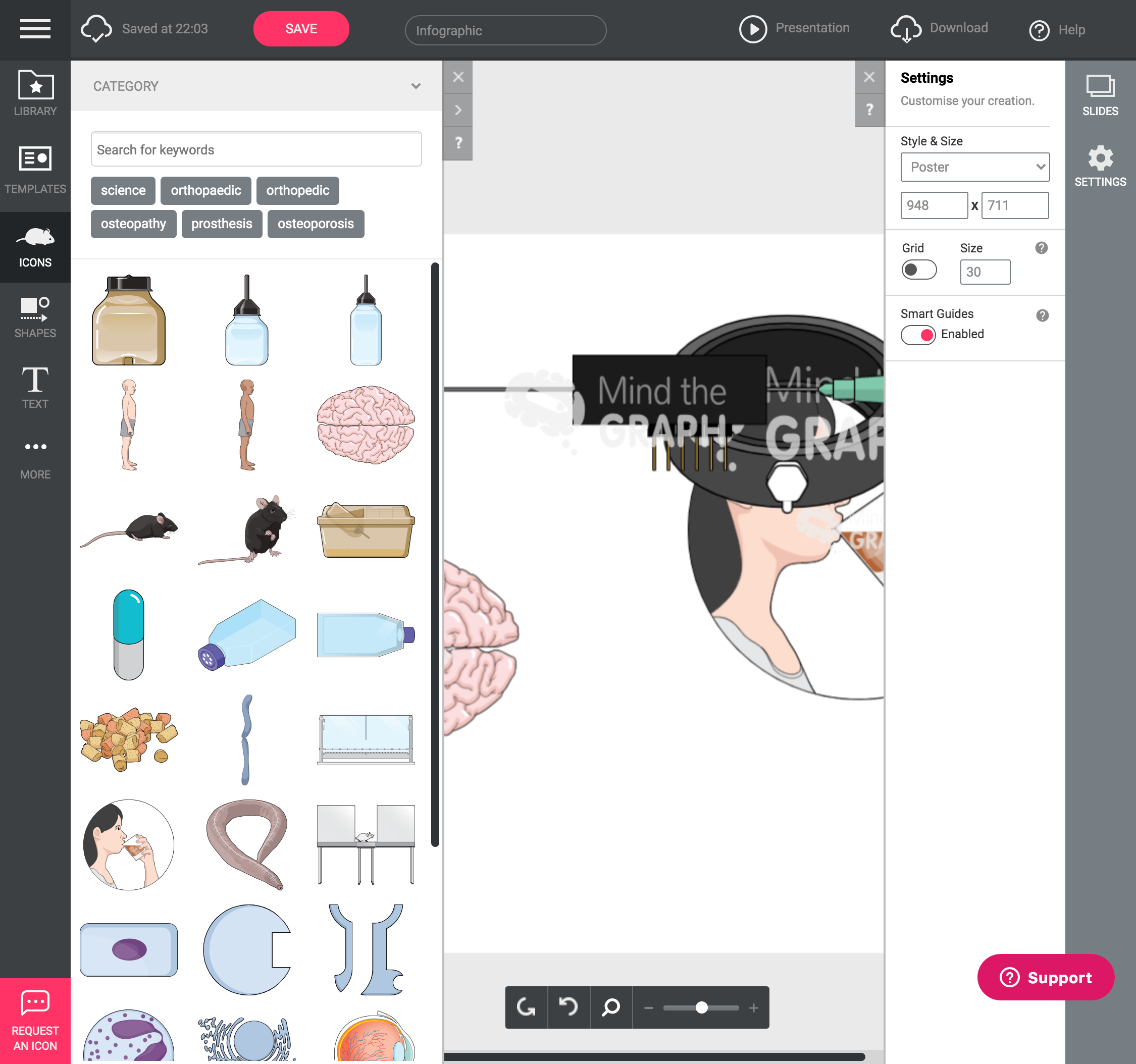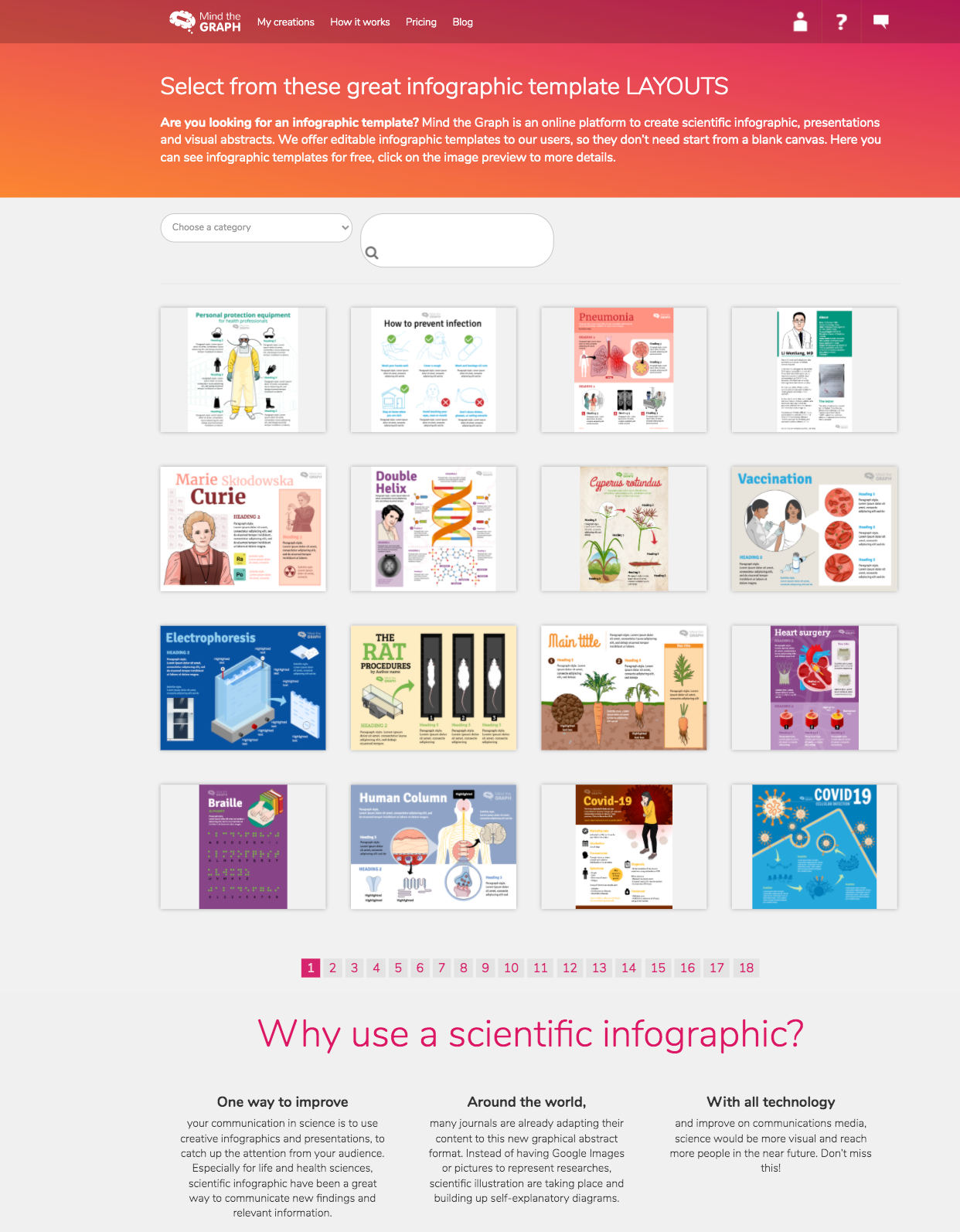Mind Graph: Unlocking The Power Of Visual Thinking For Your Brain
Hey there, fellow thinkers! Imagine being able to map out your thoughts, ideas, and connections in a way that makes total sense. That's where mind graph comes into play. It's not just some fancy buzzword; it's a game-changing tool that can transform the way you organize information. Whether you're brainstorming for a project, studying for exams, or trying to untangle complex problems, mind graph is your secret weapon. So, buckle up and let's dive into this fascinating world together!
Now, you might be wondering, "What exactly is mind graph?" Think of it as a visual roadmap for your brain. It's like creating a mental map that connects all the dots in your mind. Instead of jumbling your thoughts in a chaotic mess, mind graph helps you structure them in a way that's easy to understand and remember. It's a technique that's been around for ages, but it's more relevant than ever in our fast-paced, information-overloaded world.
So, why should you care about mind graph? Well, it's not just about making pretty diagrams. It's about boosting your productivity, enhancing your creativity, and improving your memory retention. In today's competitive landscape, having a sharp mind and the ability to process information efficiently can make all the difference. And guess what? Mind graph can help you achieve that. Let's explore how!
- Unveiling The Extraordinary Journey Of Jaime Osuna Corcoran
- Movie Download Website Filmywap Your Ultimate Guide To Streaming And Downloads
What is Mind Graph?
Mind graph is essentially a visual representation of your thoughts, ideas, and concepts. It's a diagram that starts with a central idea and branches out into related topics, creating a web of interconnected information. This technique is rooted in the way our brains naturally process information—by making associations and connections. By using mind graph, you can tap into your brain's natural ability to think visually and make sense of complex data.
Imagine your brain as a giant spider web. Each strand represents a thought or idea, and they all connect to form a cohesive network. Mind graph mimics this structure, allowing you to see the big picture while also zooming in on specific details. It's like having a mental Swiss Army knife that can tackle any problem or project you throw at it.
Why Mind Graph Matters
In a world where information is abundant but attention spans are short, mind graph offers a solution. It helps you cut through the noise and focus on what truly matters. By organizing your thoughts visually, you can quickly identify patterns, relationships, and priorities. This not only saves time but also enhances your decision-making abilities.
- Filmy4web Hot Your Ultimate Guide To Streaming Movies In 2023
- Why Filmy4web Xyzcom 2024 Is The Talk Of The Town For Movie Buffs
Let's face it, we all have those moments when our minds feel like a jumble of scattered thoughts. Mind graph acts as a mental decluttering tool, helping you sort through the chaos and find clarity. Whether you're a student, professional, or entrepreneur, this technique can be a game-changer for your productivity and creativity.
How Mind Graph Works
Creating a mind graph is surprisingly simple. You start with a central idea, usually written in the middle of a blank page. From there, you branch out into subtopics, using lines or arrows to connect related concepts. Each branch can have its own sub-branches, forming a hierarchical structure that mirrors your thought process.
Here's a quick step-by-step guide:
- Identify your central idea and write it in the center of the page.
- Brainstorm related topics and create main branches.
- Add sub-branches for more specific details.
- Use colors, symbols, and images to make your mind graph visually appealing.
- Review and refine your graph as needed.
By following these steps, you can create a mind graph that's tailored to your specific needs and goals.
Benefits of Using Mind Graph
The advantages of mind graph are numerous. Here are just a few:
- Improved Memory Retention: Visual aids like mind graphs help reinforce memory by engaging both sides of the brain.
- Enhanced Creativity: By connecting seemingly unrelated ideas, mind graph sparks innovation and out-of-the-box thinking.
- Increased Productivity: With a clear visual roadmap, you can stay focused and accomplish tasks more efficiently.
- Better Problem-Solving: Mind graph allows you to see the bigger picture and identify potential solutions more easily.
These benefits make mind graph an invaluable tool for anyone looking to sharpen their mental edge.
Common Misconceptions About Mind Graph
There are a few myths surrounding mind graph that need to be debunked. Some people think it's only for artists or creative types, but that couldn't be further from the truth. Anyone can use mind graph, regardless of their artistic abilities. It's all about the ideas, not the aesthetics.
Another misconception is that mind graph is time-consuming. While it does require some initial effort, the time you save in the long run is well worth it. Plus, with practice, you'll become faster and more efficient at creating mind graphs.
Dispelling the Myths
Let's break down these misconceptions:
- Mind graph isn't just for creative people; it's for anyone who wants to organize their thoughts.
- You don't need to be an artist to create effective mind graphs; simple shapes and lines work just fine.
- While it may take some time to get started, the benefits far outweigh the initial investment.
By understanding these truths, you can embrace mind graph with confidence.
Tools and Techniques for Creating Mind Graphs
There are plenty of tools and techniques you can use to create mind graphs. You can go old-school with pen and paper or embrace digital solutions like mind mapping software. Some popular options include:
- MindMeister
- XMind
- Lucidchart
- Coggle
Each tool has its own unique features and benefits, so it's worth experimenting to find what works best for you. Regardless of the tool you choose, the key is to stay consistent and make mind graphing a regular part of your workflow.
Tips for Effective Mind Graphing
Here are some tips to help you get the most out of your mind graphing experience:
- Start with a clear central idea to anchor your graph.
- Use concise keywords instead of long sentences to keep things simple.
- Experiment with colors and symbols to make your graph more engaging.
- Review and refine your graph regularly to ensure it stays relevant.
By following these tips, you can create mind graphs that are both functional and visually appealing.
Applications of Mind Graph in Different Fields
Mind graph isn't limited to a single field or industry. Its versatility makes it applicable in a wide range of contexts. Here are a few examples:
Education
In the world of education, mind graph is a powerful tool for students and teachers alike. It can be used for:
- Organizing study materials
- Summarizing complex topics
- Enhancing memory retention
Business
For businesses, mind graph can help with:
- Strategic planning
- Project management
- Problem-solving
Personal Development
On a personal level, mind graph can assist with:
- Goal setting
- Time management
- Self-reflection
These applications demonstrate the broad reach and impact of mind graph across various domains.
Real-World Examples of Mind Graph
To give you a better idea of how mind graph works in practice, let's look at some real-world examples:
Example 1: A marketing team uses mind graph to brainstorm campaign ideas. They start with the central idea of "Brand Awareness" and branch out into subtopics like social media, content creation, and influencer partnerships. This visual map helps them identify key strategies and allocate resources effectively.
Example 2: A student creates a mind graph to study for a biology exam. They use the central idea of "Cell Structure" and add branches for different components like nucleus, mitochondria, and cell membrane. This helps them visualize the relationships between different parts of the cell and retain the information more easily.
Example 3: An entrepreneur uses mind graph to outline a business plan. Starting with the central idea of "Startup Growth," they map out goals, timelines, and action steps. This clear visual roadmap keeps them on track and ensures they don't miss any critical details.
These examples illustrate the practical applications of mind graph in real-life scenarios.
Challenges and Solutions in Using Mind Graph
While mind graph is a powerful tool, it does come with its own set of challenges. Some common issues include:
- Overcomplicating the graph
- Struggling to stay organized
- Difficulty in maintaining consistency
However, these challenges can be overcome with the right approach. Here are some solutions:
- Keep your graph simple and focused on key ideas.
- Use templates or frameworks to stay organized.
- Set aside regular time for mind graphing to build consistency.
By addressing these challenges head-on, you can maximize the effectiveness of your mind graphs.
Conclusion
And there you have it, folks! Mind graph is a game-changing technique that can transform the way you think, organize, and solve problems. Whether you're a student, professional, or lifelong learner, incorporating mind graph into your daily routine can yield incredible results. So, why not give it a try? Your brain will thank you!
Now, it's your turn to take action. Start creating your own mind graphs and see how they can enhance your productivity and creativity. Share your experiences in the comments below, and don't forget to check out our other articles for more tips and insights. Happy mind graphing!
Table of Contents
- What is Mind Graph?
- Why Mind Graph Matters
- How Mind Graph Works
- Benefits of Using Mind Graph
- Common Misconceptions About Mind Graph
- Tools and Techniques for Creating Mind Graphs
- Applications of Mind Graph in Different Fields
- Real-World Examples of Mind Graph
- Challenges and Solutions in Using Mind Graph
- Conclusion
- Why Filmy Fly Cc Is Your Ultimate Destination For Movie Entertainment
- Why Filmywap And Filmy4wap Still Dominate The Scene In 2025

Mind the Graph Tools for Academic Research KausalFlow

Mind the Graph Tools for Academic Research KausalFlow

Mind the Graph Tools for Academic Research KausalFlow